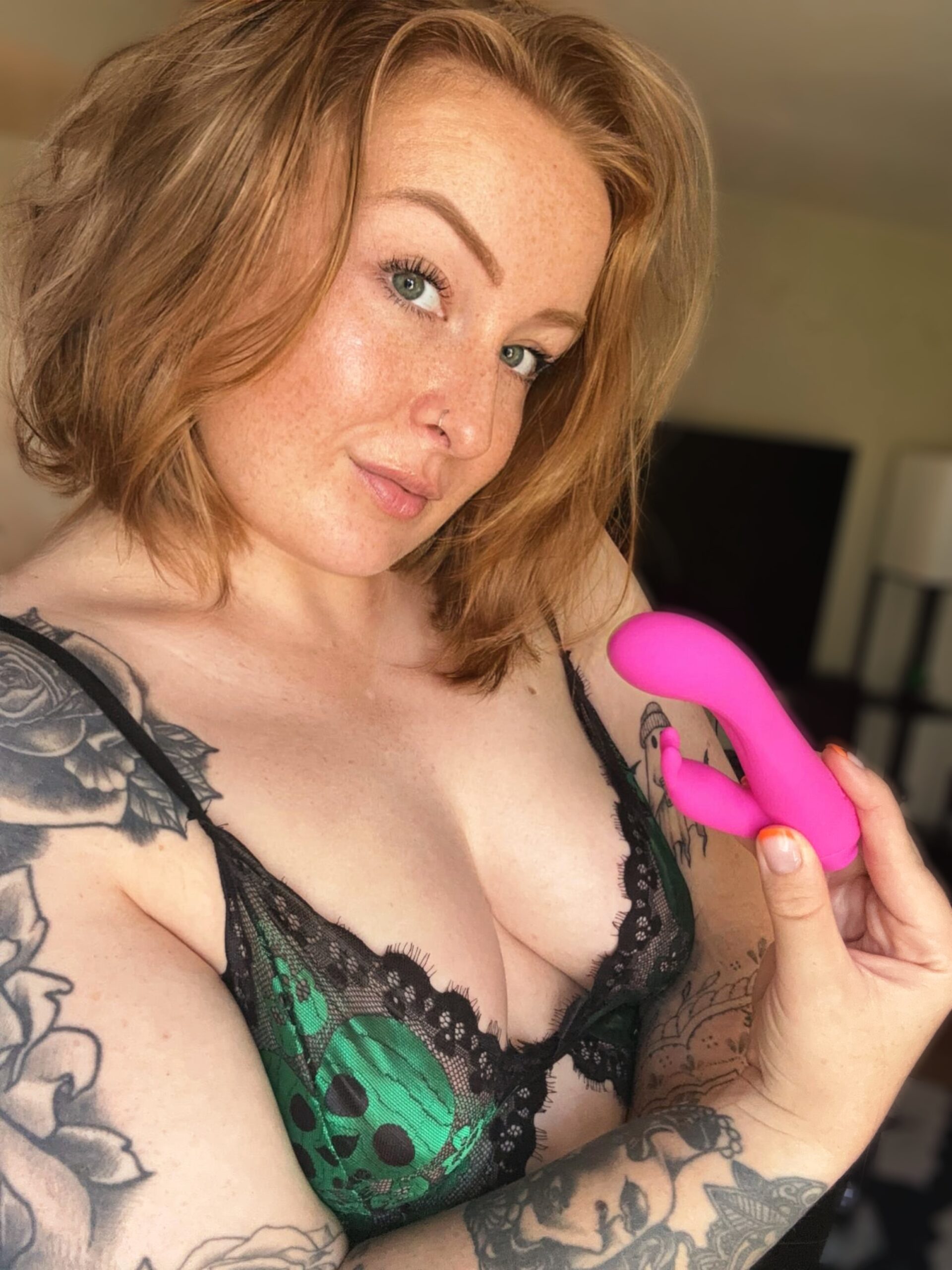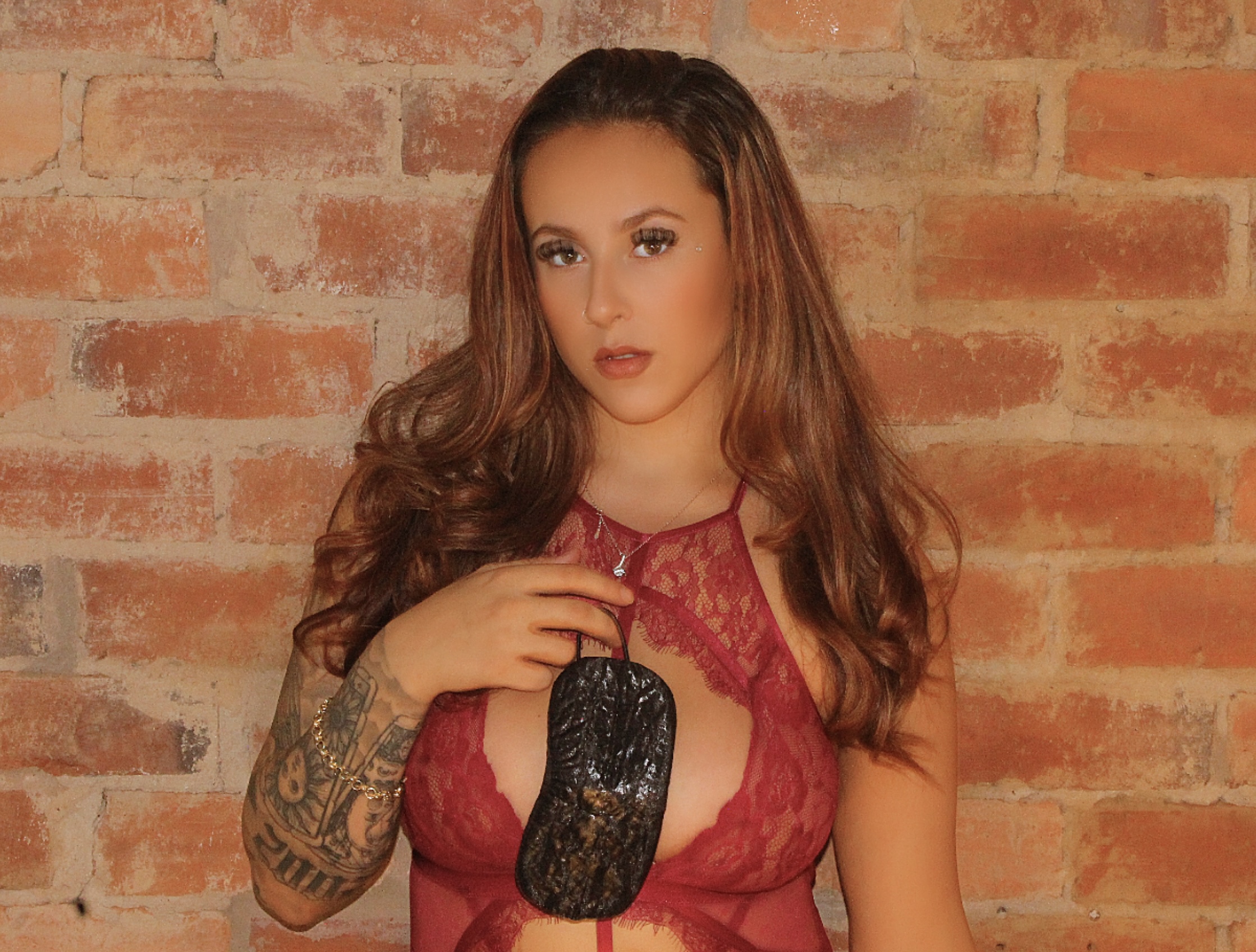Breaking Free from Traditional Relationships
LGBTQIA+ youth are shattering the conventional expectations that have long defined romantic relationships, forging new paths and creating innovative models of love and partnership.
Non-Traditional Family Structures
LGBTQIA+ youth are redefining traditional relationship norms and challenging the notion of what it means to be in a romantic partnership.
Traditional relationships have long been based on societal expectations, such as monogamy, heteronormativity, and patriarchal structures. However, for LGBTQIA+ individuals, these norms can be restrictive and limiting. Many are finding new ways to form and maintain meaningful connections that align with their identities and values.

Non-traditional family structures, such as polyamory, queerplatonic relationships, and communal living arrangements, are becoming increasingly popular among LGBTQIA+ youth. These relationships often prioritize mutual support, respect, and trust, rather than traditional notions of ownership or possession.
One example of this redefinition is the growing acceptance of non-monogamous relationships within the LGBTQIA+ community. Polyamory, for instance, has become more mainstream as a viable option for many individuals who want to experience multiple romantic connections without feeling guilty or ashamed.

Furthermore, the concept of “queer family” is gaining traction, particularly among those who identify as non-binary, trans, or have diverse family backgrounds. This shift acknowledges that family structures are not limited by traditional nuclear families and instead celebrates the diversity of human relationships.
The redefinition of relationship norms among LGBTQIA+ youth is a powerful manifestation of their resilience, creativity, and desire for autonomy. As they navigate the complexities of identity, love, and community, they are rewriting the rules of what it means to be in a relationship – and in doing so, they are creating a more inclusive, accepting, and vibrant world for all.
Creative Coparenting and Cooperative Parenting Arrangements
LGBTQIA+ youth are pushing boundaries and redefining relationship norms in various ways, one of which includes challenging traditional concepts of co-parenting and cooperative parenting arrangements. Gone are the days where relationships were strictly defined by societal expectations and traditional roles. Today, LGBTQIA+ youth are exploring new models of partnership and family formation that prioritize mutual respect, love, and support.
Cooperative parenting arrangements, in particular, have gained significant attention in recent years. This approach involves shared decision-making, joint physical care, and collaborative problem-solving among partners, rather than traditional notions of sole custody or authoritarian control. By recognizing the autonomy and agency of all individuals involved, cooperative parenting arrangements can foster a more inclusive and equitable environment for children to thrive.
Experimentation with Kinship and Found Families
As traditional relationship norms are reevaluated, a growing trend has emerged in response to the complexities and challenges faced by LGBTQIA+ youth. One such approach is creative coparenting, which involves co-creating parenting arrangements that blend traditional notions of family with non-traditional configurations.
Cooperative parenting arrangements, on the other hand, emphasize collaboration and mutual support between parents, often in the absence of a romantic partnership or traditional parental structure. This approach acknowledges that children’s needs are paramount and seeks to prioritize their well-being above all else.
Experimentation with kinship and found families has also become increasingly popular among LGBTQIA+ youth. Found family refers to intentionally created networks of supportive relationships that provide a sense of belonging and connection. Kinship care, meanwhile, involves non-biological individuals taking on caring roles in the lives of children who are not their own.
These alternative approaches to relationship-building offer a welcome respite from traditional norms and expectations, which can be especially challenging for LGBTQIA+ youth who may face stigma, marginalization, or rejection from their birth families. By embracing creative coparenting, cooperative parenting arrangements, experimentation with kinship, and found families, LGBTQIA+ youth can build networks that are authentic, supportive, and tailored to their unique needs.
Furthermore, these approaches recognize the diversity of LGBTQIA+ experiences and challenge traditional notions of family and relationships. By redefining what it means to be a “family,” we can create more inclusive and accepting environments that allow individuals to thrive.
The benefits of creative coparenting, cooperative parenting arrangements, experimentation with kinship, and found families are numerous. They provide LGBTQIA+ youth with a sense of security, support, and belonging, as well as the opportunity to forge new relationships built on mutual respect and trust. By embracing these alternative approaches, we can work towards a more inclusive and accepting society that values diversity in all its forms.
Reimagining Love and Attraction
LGBTQIA+ youth are increasingly redefining relationship norms, challenging traditional notions of love and attraction in the process. This shift is driven by a growing desire for authenticity, acceptance, and inclusivity, as young people from diverse backgrounds and identities forge new paths to connection and intimacy.

Queering Romantic Relationships and Cisnormative Expectations
The traditional notion of romantic love and attraction has long been rooted in cisnormative expectations, which prioritize heteronormativity and assume that everyone identifies as straight or cisgender. However, the experiences of LGBTQIA+ youth are challenging these norms and redefining what it means to love and be in a relationship.
Queering romantic relationships involves a process of deconstructing and reassembling traditional power structures, expectations, and narratives that have been imposed upon individuals based on their perceived or assigned gender identity. LGBTQIA+ youth are actively working to dismantle the binary oppositions between masculine and feminine, public and private, and self and other, which have historically constrained expressions of love and desire.
In doing so, they are creating new frameworks for understanding attraction, intimacy, and connection that are more inclusive, fluid, and liberatory. This means reimagining what it means to fall in love, how we communicate with our partners, and the ways in which we navigate conflicts and desires. It also involves questioning the notion of a singular, universal “love” and instead embracing a multiplicity of experiences and identities.
Moreover, LGBTQIA+ youth are using their relationships as a form of resistance to cisnormative expectations and a way to reclaim their own agency and self-definition. By forming connections with others who share similar experiences and desires, they are creating alternative models of love and attraction that prioritize mutual respect, trust, and consent.
In the process, they are also challenging societal norms around family, identity, and belonging, and redefining what it means to be a “good” partner, friend, or loved one. By queering romantic relationships, LGBTQIA+ youth are forging new paths that allow for greater flexibility, diversity, and self-expression, and in doing so, they are expanding our understanding of love and attraction in ways that are more inclusive, nuanced, and empowering.
Fluidity and Flexibility in Attachment Styles
The concept of attachment styles has long been understood through the lens of traditional heteronormative relationships, but in recent years, a new perspective has emerged, one that acknowledges and redefines what it means to be in a relationship. Fluidity and flexibility are becoming increasingly recognized as essential components of healthy relationships for LGBTQIA+ youth, who are pushing boundaries and challenging conventional norms surrounding romance, intimacy, and commitment.
Embracing Non-Exclusive and Polyamorous Relationships
Fluidity and flexibility are key characteristics in attachment styles, particularly for individuals who identify as non-monogamous or polyamorous. This means embracing a range of relationships that may shift and evolve over time, rather than being bound by traditional notions of exclusivity.
In the context of LGBTQIA+ youth, these dynamics can take on new significance. Growing up in a society where relationship norms have historically been rigid and binary, many young people are redefining what it means to be in a loving relationship. By embracing fluidity and flexibility, they’re able to create connections that feel authentic and meaningful to them.
This shift is particularly important for queer youth of color, who may face unique barriers to accessing supportive relationships due to systemic marginalization and oppression. Embracing non-exclusive relationships can be a powerful way to build resilience and community in the face of adversity.
For those navigating polyamorous relationships, fluidity and flexibility mean being open to new connections and experiences while also prioritizing existing relationships. It’s about creating a web of love and support that feels nourishing and sustainable to all parties involved.
As LGBTQIA+ youth continue to redefine relationship norms, it’s essential to recognize the value of these alternative approaches. By embracing fluidity and flexibility, they’re challenging traditional power structures and creating new pathways for intimacy, connection, and growth.

Challenging Heteronormative Language and Labels
Language and labels play a significant role in shaping societal norms and expectations, particularly when it comes to relationships and identity. For years, language has been heteronormative, reinforcing traditional binary structures that leave little room for non-traditional expressions of love and intimacy. However, LGBTQIA+ youth are redefining relationship norms and challenging these outdated labels, creating new spaces for self-expression and connection.
Using Preferred Pronouns and Terminology
Language has the power to shape our perceptions and reinforce societal norms. In the context of the LGBTQIA+ community, heteronormative language and labels can be particularly damaging, perpetuating a culture that erases and marginalizes non-heterosexual identities.
- The use of heteronormative language and labels, such as “straight” or “cisgender,” can imply that being heterosexual is the default or norm, while being LGBTQIA+ is deviant or abnormal. This perpetuates a culture of normalization around heterosexuality, erasing the experiences and identities of those who do not conform to traditional notions of masculinity and femininity.
- The same language is often used to silence or invalidate LGBTQIA+ voices, with phrases like “that’s just how it is” or “you’re being too sensitive.” This kind of language can be particularly hurtful for youth, who are already navigating complex identity formations and may be more vulnerable to internalized homophobia or transphobia.
- Preferred pronouns and terminology can also serve as a powerful tool in challenging heteronormative language. Using someone’s preferred name and pronouns is not only a matter of respect, but also a way to center their identity and experiences. For example, using “they” instead of “he/she” or “him/her” acknowledges the complexity of non-binary identities and offers a more inclusive option.
By using preferred pronouns and terminology, we can begin to dismantle the heteronormative language that has been embedded in our culture for so long. This is particularly important for LGBTQIA+ youth, who are redefining relationship norms and pushing against the boundaries of traditional identity categories.
Creating New Terms and Idioms to Describe LGBTQIA+ Experiences
LGBTQIA+ individuals and communities have long been navigating a language landscape that often fails to adequately reflect their experiences. Traditional terms and idioms can be limiting, heteronormative, and even hurtful. As a result, many LGBTQIA+ youth are taking matters into their own hands, coining new words and phrases to describe the complexities of their lives. This creative process not only provides much-needed linguistic validation but also reflects a deeper desire for self-expression, acceptance, and recognition within mainstream culture.
The Power of Storytelling in Redefining LGBTQIA+ Identity
The power of language has long been recognized as a tool for shaping cultural narratives and societal attitudes. One area where this is particularly evident is in the creation of new terms and idioms to describe LGBTQIA+ experiences. As the community continues to grow and evolve, it is essential that language keeps pace, providing accurate and inclusive representation of the diversity within the LGBTQIA+ umbrella.
Storytelling plays a significant role in this process, as it allows individuals to share their unique perspectives and experiences with others. By sharing their stories, LGBTQIA+ youth can help redefine relationship norms and challenge societal expectations. This can involve exploring non-traditional relationships, questioning traditional notions of love and attraction, and seeking validation in diverse and inclusive communities.
The creation of new terms and idioms is a key aspect of this process. For example, the use of “queer” as an umbrella term to describe a range of sexual orientations and gender identities has helped to create a sense of community and inclusivity among marginalized groups. Similarly, the proliferation of slang terms like “sassy” to describe LGBTQIA+ humor or “reading” to describe someone’s body language can help to provide a shared vocabulary and cultural reference point.
Furthermore, the power of storytelling in redefining LGBTQIA+ identity lies in its ability to challenge dominant narratives and provide alternative perspectives. By sharing stories that celebrate diverse relationships and experiences, individuals can help to create a more nuanced understanding of what it means to be LGBTQIA+. This can involve exploring themes such as intersectionality, identity politics, and the complexities of queer experience.
The impact of this process cannot be overstated. As language and storytelling evolve, they have the power to shape cultural attitudes and challenge societal norms. By creating new terms and idioms to describe LGBTQIA+ experiences, individuals can help to create a more inclusive and accepting environment for all members of the community.
Redefining Intimacy and Interspersonal Boundaries
In recent years, there has been a significant shift in how we think about intimacy and interpersonal boundaries, particularly among the LGBTQIA+ youth community. As a result of social change, increased awareness, and a growing desire for authenticity and self-expression, young people within the queer community are redefining traditional notions of relationship norms.
Negotiating Emotional and Physical Boundaries with Care
Redefining intimacy and interpersonal boundaries is a crucial aspect of building healthy relationships, particularly for LGBTQIA+ youth who may face unique challenges in navigating their own identities and desires.
- Traditional notions of intimacy often emphasize physical proximity and romantic labels, but these can be limiting for individuals who identify as queer or non-binary. For example, some LGBTQIA+ youth may prefer to engage in intimate activities with multiple partners, rather than adhering to a monogamous model.
- The concept of emotional boundaries is also being reexamined, as LGBTQIA+ youth begin to recognize the importance of setting healthy limits in their relationships. This may involve prioritizing self-care and communication, as well as establishing clear expectations with partners about what feels comfortable and consensual.
Negotiating both physical and emotional boundaries requires a high degree of care and mutual respect. It’s essential to acknowledge that these boundaries are not static or absolute, but rather evolving and dependent on individual needs and desires.
In this sense, redefining intimacy and interpersonal boundaries can be seen as an act of empowerment, allowing LGBTQIA+ youth to break free from societal expectations and forge their own paths in the relationship landscape. By prioritizing communication, consent, and self-care, individuals can cultivate relationships that are authentic, fulfilling, and respectful of all parties involved.
Experimenting with Polyamory, Open Relationships, and Swinging
As societal norms surrounding relationships continue to evolve, younger generations are pushing boundaries and redefining what it means to be in love, committed, and intimate. For some, this means exploring non-traditional relationship models that prioritize emotional connection, trust, and communication over traditional labels like monogamy or marriage. One such model is polyamory, which involves having multiple romantic relationships simultaneously with the knowledge and consent of all parties involved. Another is open relationships, where individuals engage in consensual sexual activity with others outside of their primary relationship. Swinging, a practice that has long been stigmatized, is also gaining traction as young people seek to redefine what it means to be intimate and connected with others.
Embracing Consensual Non-Monogamy in the Digital Age
In recent years, there has been a significant shift in the way people approach relationships, particularly among younger generations within the LGBTQIA+ community. Experimenting with polyamory, open relationships, and swinging has become increasingly accepted as a valid form of consensual non-monogamy. This shift is largely driven by technological advancements that have made it easier for individuals to connect with like-minded people from all over the world.
With the rise of dating apps and social media, people are no longer confined to traditional geographic locations when seeking out romantic partners or exploring alternative relationship structures. Online platforms have created a sense of anonymity and freedom, allowing individuals to explore their desires without fear of judgment or repercussions.
The growth of online communities centered around consensual non-monogamy has also played a significant role in normalizing these relationships. Forums and social media groups dedicated to polyamory, swinging, and other forms of non-traditional relationships provide a safe space for individuals to share their experiences, seek advice, and connect with others who share similar interests.
As a result, the stigma surrounding alternative relationship structures has decreased significantly. Younger generations within the LGBTQIA+ community are more likely to view non-monogamy as a viable option for themselves and their partners, rather than something that is taboo or unacceptable.
However, this shift also raises important questions about power dynamics, communication, and emotional labor in relationships. As non-traditional relationship structures become more mainstream, it’s essential to prioritize open and honest communication, boundaries, and mutual respect among all parties involved.
Dismantling Internalized Shame and Guilt
Dismantling internalized shame and guilt is an essential step in the journey towards self-acceptance and empowerment, particularly for LGBTQIA+ youth who have been socialized to feel unworthy or inadequate due to their sexual orientation or gender identity.
Healing from Trauma and Negative Self-Talk
Dismantling internalized shame and guilt, healing from trauma, and breaking free from negative self-talk are crucial steps in rebuilding one’s sense of identity and self-worth. For many LGBTQIA+ youth, growing up amidst societal rejection, bullying, and marginalization can lead to deep-seated feelings of worthlessness, low self-esteem, and a distorted view of themselves and their place in the world.
Internalized shame and guilt are particularly pervasive among LGBTQIA+ individuals who have been socialized to believe that their identity is inherently flawed or unacceptable. These negative emotions can be particularly damaging because they often manifest as self-criticism, people-pleasing, and a desperate need for validation from others. However, this self-destructive cycle of negativity can only be broken by confronting and challenging the root causes of these feelings.
Healing from trauma is also essential in dismantling internalized shame and guilt. Traumatic experiences can lead to hypervigilance, anxiety, depression, and a range of other mental health issues that can further exacerbate negative self-talk and low self-esteem. By engaging in trauma-informed therapies such as EMDR, cognitive-behavioral therapy, or art therapy, individuals can learn to process their experiences, reframe their narratives, and develop a more compassionate and authentic relationship with themselves.
Additionally, breaking free from negative self-talk requires a willingness to challenge and rewire one’s inner dialogue. This can involve practicing mindfulness, affirmations, and self-compassion exercises, as well as seeking out supportive relationships and communities that promote self-love and acceptance. By cultivating a more positive and realistic inner voice, individuals can begin to shift their focus away from shame and guilt and toward self-awareness, self-acceptance, and personal growth.
Ultimately, dismantling internalized shame and guilt, healing from trauma, and breaking free from negative self-talk are essential steps in redefining relationship norms and building a more authentic, wholehearted sense of self. By embracing our complexities, imperfections, and unique experiences, we can create new relationships with ourselves and others that are rooted in mutual respect, trust, and deep connection.
Fostering Resilience and Community Support
LGBTQIA+ youth are redefining relationship norms in ways that challenge traditional notions of love, intimacy, and commitment. As these young people navigate their identities and explore their place in the world, they are creating new models for healthy relationships that prioritize mutual support, respect, and autonomy.
The Power of Peer Networks and Online Platforms
Fostering resilience and community support are crucial for LGBTQIA+ youth, who often face unique challenges and obstacles due to societal stigma and discrimination. Building strong relationships and networks can help them navigate these difficulties and thrive in a supportive environment.
The power of peer networks cannot be overstated in this context. Peer networks provide a safe space for young people to share experiences, receive support, and build meaningful connections with others who understand their journey. These networks can take many forms, including in-person support groups, online forums, and social media platforms.
Online platforms have revolutionized the way LGBTQIA+ youth connect and access resources. Social media platforms like Instagram, TikTok, and Tumblr provide a space for young people to express themselves, share their stories, and find community. Online forums and discussion boards offer a safe haven for discussion and support, free from fear of judgment or retribution.

Peer networks and online platforms can also provide access to resources, information, and opportunities that might be limited in offline environments. For example, online mentorship programs and LGBTQIA+ specific job boards can help young people build connections with allies and advocates who can support their transition or career development.
Moreover, these networks can help reduce feelings of isolation and loneliness that are prevalent among LGBTQIA+ youth. By connecting them with others who share similar experiences and challenges, peer networks and online platforms can foster a sense of belonging and empowerment, allowing young people to redefine relationship norms and build more positive, supportive relationships.
Ultimately, fostering resilience and community support through peer networks and online platforms is essential for the well-being and success of LGBTQIA+ youth. By building strong connections with others who understand their journey, young people can develop the skills, confidence, and resilience needed to thrive in a world that often seeks to marginalize or silence them.
Making Space for LGBTQIA+ Representation in Media
LGBTQIA+ representation in media has long been a subject of discussion, but recent years have seen a significant shift towards creating space for diverse voices and experiences. This change is particularly noticeable among young people, who are redefining relationship norms that were previously unimaginable or even taboo.
More Nuanced Portrayals in Film, Television, and Literature
The film industry has long been criticized for its lack of representation and nuance when it comes to portraying LGBTQIA+ characters, particularly in films targeting younger audiences.
Studies have shown that queer representation in media can have a significant impact on the lives of young people, providing them with role models, validating their experiences, and helping to shape their understanding of themselves and their place in the world.
To create more inclusive and representative content, filmmakers are turning to new strategies. For example, some productions are choosing to cast queer actors in leading roles, rather than relying on cisgender actors in drag or stereotypes.
Others are exploring non-traditional narrative structures, such as framing stories around the experiences of queer characters and subverting traditional genre conventions to create more nuanced portrayals.
This shift towards more complex and authentic representations is not limited to film alone. Literary works are also beginning to feature more diverse and inclusive LGBTQIA+ characters, offering readers a chance to engage with queer identities in new and meaningful ways.
Ultimately, the key to creating effective representation lies in authenticity and sensitivity. By centering the stories and voices of LGBTQIA+ individuals themselves, creators can craft narratives that feel true to the experiences and emotions of their audience.
By pushing beyond tired tropes and stereotypes, and instead embracing complexity and nuance, we can begin to build a more inclusive media landscape that truly reflects the diversity of human experience.
Creating Own Stories and Media to Represent Marginalized Voices
In an era where representation matters, marginalized voices are being heard and amplified through various forms of media and storytelling. For LGBTQIA+ youth, creating their own stories and representations has become a vital means of self-expression, validation, and empowerment. By producing and consuming content that showcases diverse relationships, identities, and experiences, these young individuals are redefining relationship norms and challenging traditional power structures.
The Importance of Authenticity and Relatability
Creating own stories and media to represent marginalized voices has never been more crucial in shaping the way society understands and engages with different identities. When it comes to storytelling, especially when it involves marginalized communities like the LGBTQIA+, authenticity and relatability are paramount.
- The ability to authentically represent one’s own experiences is essential for building genuine connections with others who may be going through similar struggles or triumphs. This authenticity fosters empathy, understanding, and a deeper appreciation for the diversity of human experiences.
- When marginalized voices are represented in media, they bring a level of relatability that mainstream narratives often lack. They add depth, nuance, and specificity to stories that might otherwise be told from a singular perspective. This relatability can have a profound impact on how young people, especially LGBTQIA+, navigate their own identities.
- Moreover, authentic representation in media allows for a more accurate portrayal of the complexities and challenges faced by marginalized communities. It highlights the struggles, but also celebrates the successes and resilience that define these communities.
The importance of authenticity and relatability cannot be overstated when it comes to creating stories and media that represent marginalized voices. By centering these voices and experiences, we can work towards a more inclusive, compassionate, and understanding society – one where everyone has the opportunity to see themselves reflected back at them.
Explore extra quiet vibrators for discreet pleasure at Peaches and Screams Explore Dream Toys for innovative and thrilling pleasure at Peaches and Screams Find sensual babydolls at Peaches and Screams Buy Rose Sex Toys for romantic and luxurious experiences at Peaches and Screams Buy Sexy Teddies for sensual and intimate wear at Peaches and Screams Explore face strap-on dildos for a different kind of pleasure at Peaches and Screams
Super Sleep Yoga Pinnacle Wellbeing Media Bronzed Body Spray Tan
- Why Can’t You Get Lip Filler When Pregnant - November 11, 2025
- What Is The Best Age To Use Radiesse? - November 10, 2025
- What Are Dermal Fillers For Ears? - November 8, 2025
